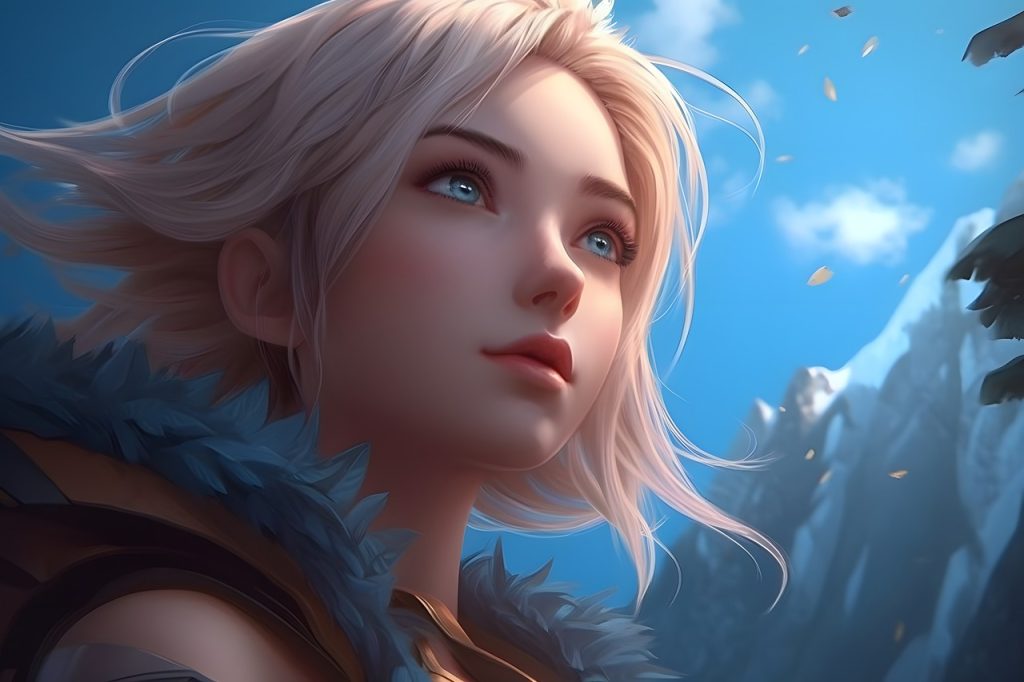Artificial intelligence (AI) has been revolutionizing industries across the globe, with the creative field being no exception. In recent years, there has been a notable increase in the use of AI in the creation of art, particularly in the animation industry. China, a leading player in the global animation market, has also witnessed a significant shift as AI-driven applications displace traditional artist roles. This article will examine the impact of AI on the Chinese animation industry, focusing on the implications for artists, the industry itself, and the broader implications of AI-driven creative work.
Section 1: The Rise of AI in the Animation Industry
The integration of AI technology in the animation industry has grown exponentially in recent years. AI-driven software applications are now able to produce high-quality animations at a fraction of the time and cost required for traditional, hand-drawn methods. These AI applications use algorithms and neural networks to analyze and learn from existing animation databases, allowing them to create new, unique animations with little to no human intervention.
As a result, AI-driven animation tools have become increasingly popular, particularly in China. China’s animation industry has experienced significant growth in recent years, with the country now accounting for approximately one-third of the global animation market. The Chinese government has also encouraged the development and adoption of AI in various sectors, including animation, through a series of policies and initiatives.
Section 2: Impact on Chinese Artists
The rise of AI in the Chinese animation industry has had both positive and negative implications for artists working in the field. On the one hand, AI-driven animation tools offer several benefits to artists, such as increased efficiency, reduced production time, and the ability to produce higher-quality work. These advantages have allowed artists to take on more projects and generate increased revenue for the industry.
However, the increasing use of AI in animation production has also resulted in the displacement of a significant number of artists. As AI-driven software applications become more advanced, they are able to perform tasks previously reserved for skilled human artists. This has led to a reduction in demand for traditional artists, with many finding it increasingly difficult to secure employment in the field.
The loss of jobs to AI has disproportionately affected younger artists who are just entering the industry. These artists often lack the experience and professional networks needed to navigate the rapidly changing landscape, and they are more likely to be replaced by AI-driven software applications as a result.
Section 3: Industry Adaptation and Reskilling
In response to the displacement of artists by AI, the Chinese animation industry has been forced to adapt and evolve. One approach has been to invest in the retraining and reskilling of artists to better prepare them for the new demands of the industry.
Many animation studios have started to provide training programs for artists, focusing on the development of digital and technical skills. This allows artists to transition into roles that complement AI-driven applications, rather than competing with them directly. For example, artists can shift their focus to conceptualizing and designing characters or scenes, which can then be brought to life by AI-driven software.
Section 4: Ethical and Cultural Implications
The growing prevalence of AI in the Chinese animation industry raises important ethical and cultural questions. As AI-driven applications continue to displace human artists, concerns have been raised about the potential loss of cultural identity in animation content. Traditional Chinese art forms, which have been passed down through generations, risk being diluted or lost as AI-generated content becomes more prevalent.
Furthermore, the use of AI in creative industries raises questions about the ownership and attribution of artistic work. If an AI application generates an animation, who should be credited as the artist? Should the creator of the AI software, the person who provided the initial input, or the AI itself receive recognition for the final product? These questions have sparked ongoing debates surrounding intellectual property rights and the role of AI in the creative process.
Section 5: The Future of AI and Chinese Animation Industry
As AI technology continues to advance, its impact on the Chinese animation industry is expected to deepen. As more studios and production houses adopt AI-driven applications, the industry will likely experience further disruption and change.
While this may lead to more job losses for traditional artists, it could also open up new opportunities for those who are able to adapt and develop new skills. For example, artists who specialize in AI-driven software development or focus on areas of animation that require a high degree of human creativity and intuition may find themselves in high demand.
Moreover, the animation industry could see the emergence of new sub-genres and styles that are uniquely shaped by AI technology. These new forms of animation could foster innovation and creativity, pushing the boundaries of what is possible in the medium.
In order to navigate these changes, it is crucial for artists, industry professionals, and policymakers to engage in open dialogue and collaboration. By working together to address the challenges and opportunities presented by AI, the Chinese animation industry can continue to grow and thrive.
Conclusion
The integration of AI technology in the Chinese animation industry has brought about both opportunities and challenges. While AI-driven applications have the potential to revolutionize the way animations are created, they also pose a threat to the livelihoods of many artists working in the field.
To minimize the negative impact on artists and preserve the rich cultural heritage of Chinese animation, it is essential for the industry to invest in retraining and reskilling programs, as well as to address the ethical and cultural implications of AI-driven creative work. By embracing the potential of AI and working collaboratively to adapt to the new landscape, the Chinese animation industry can continue to evolve and maintain its position as a global leader in the field.







